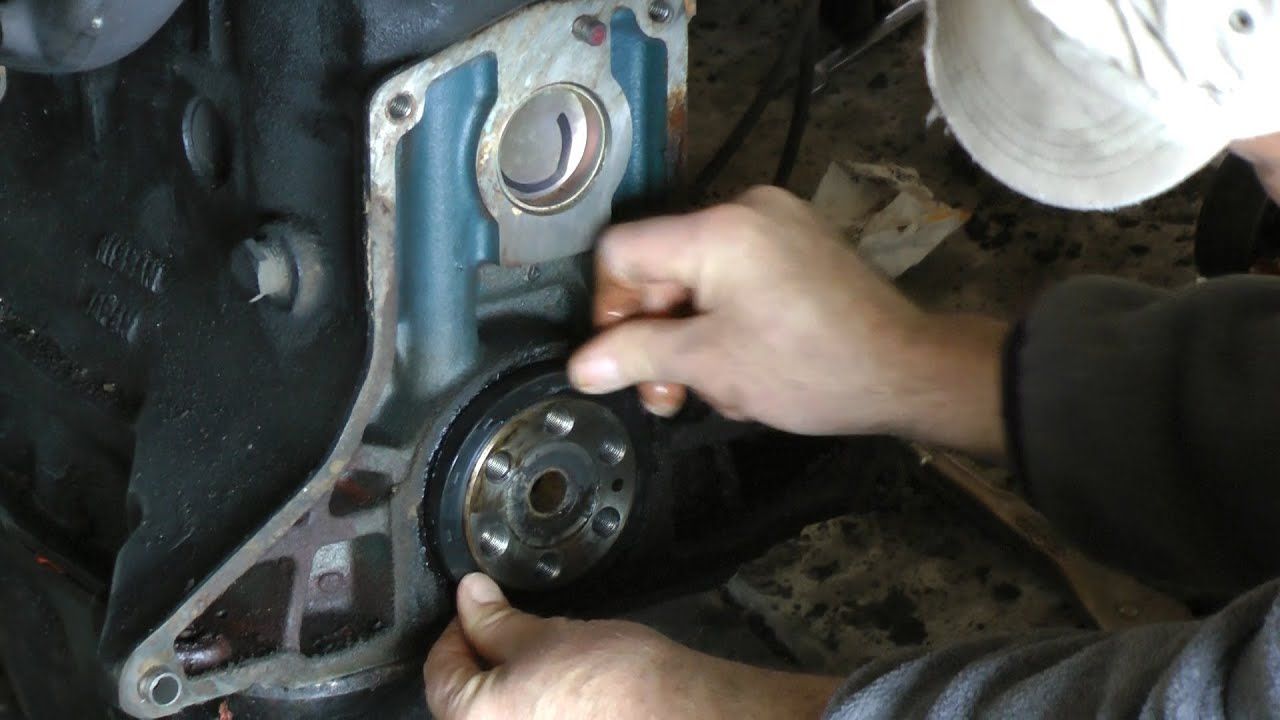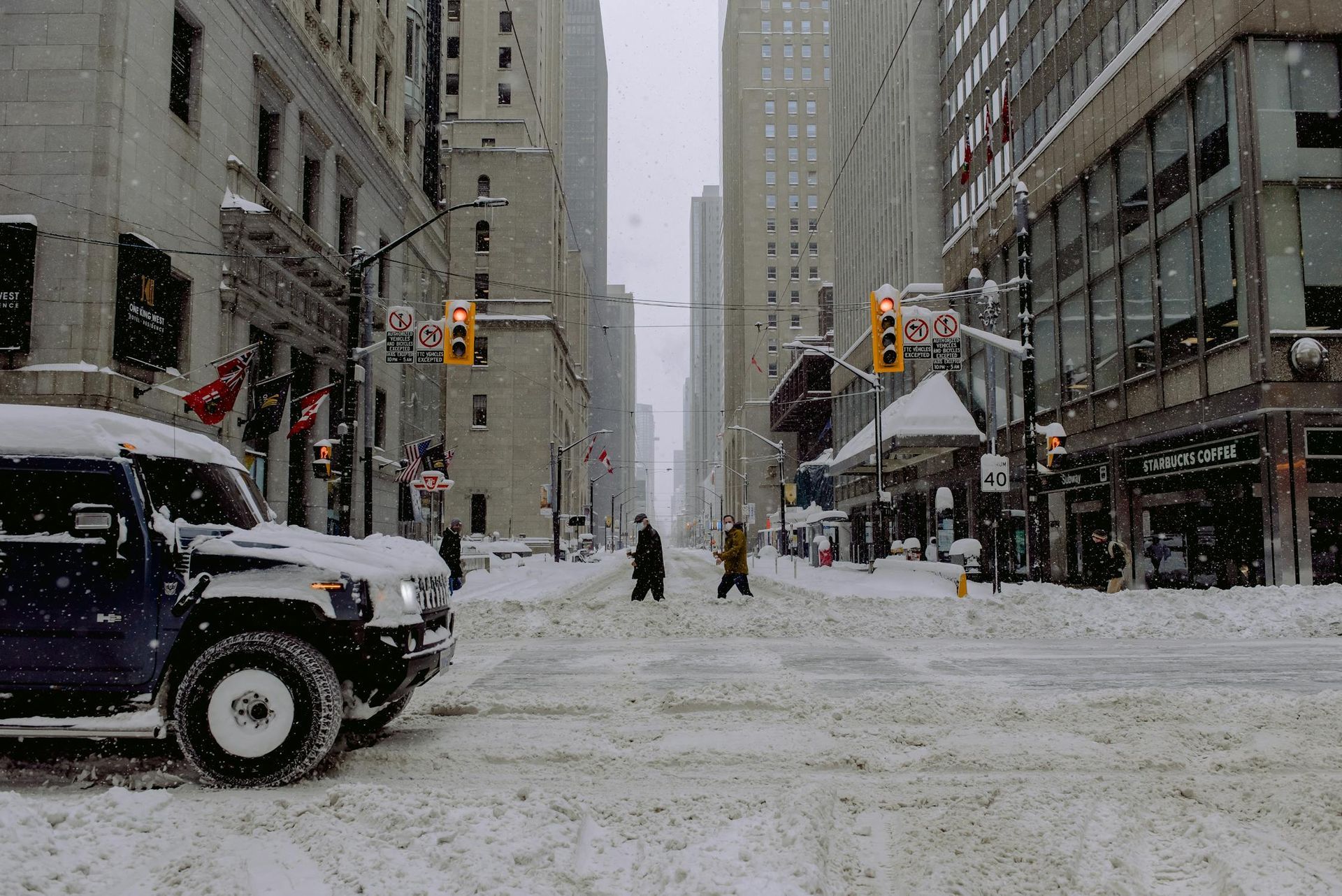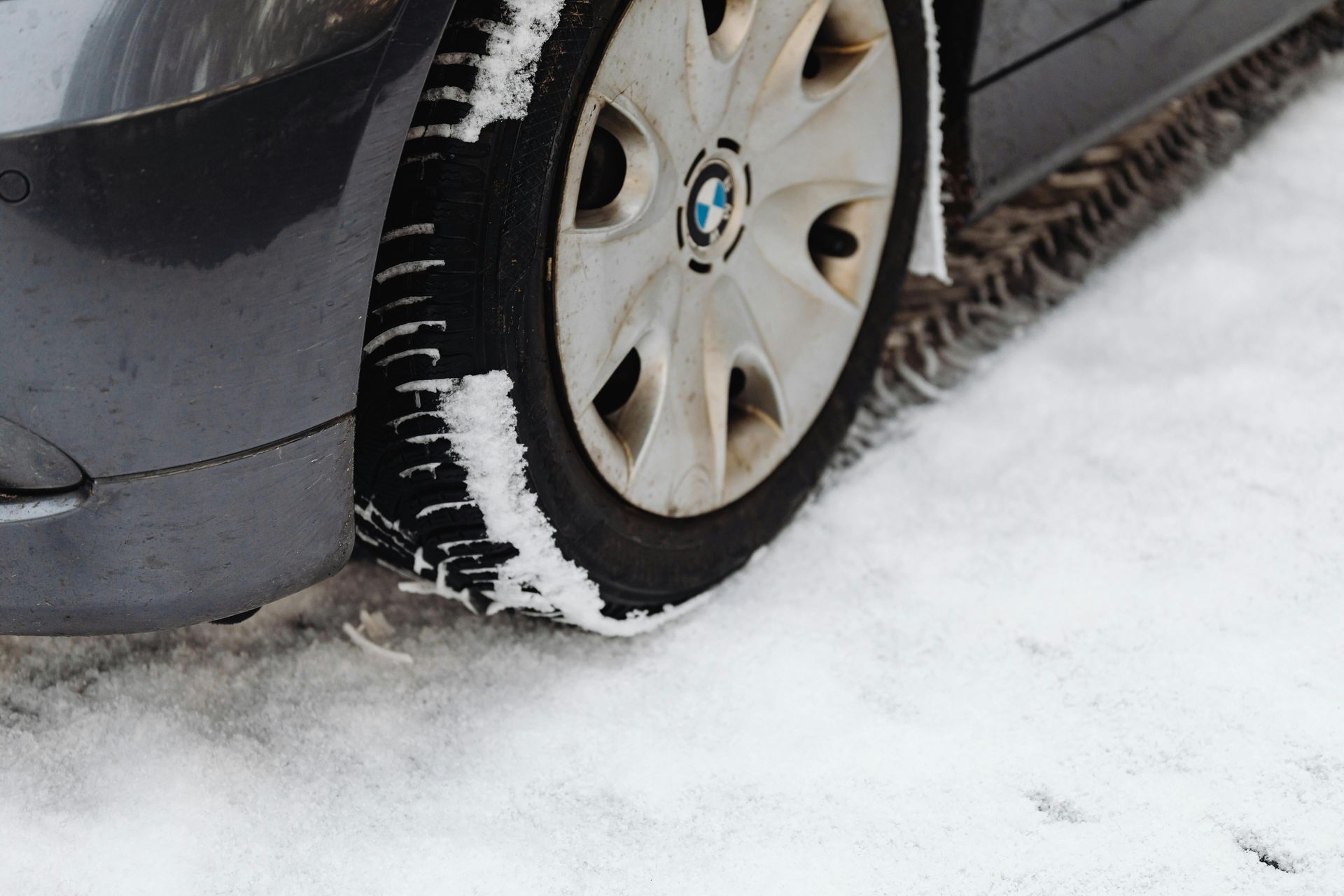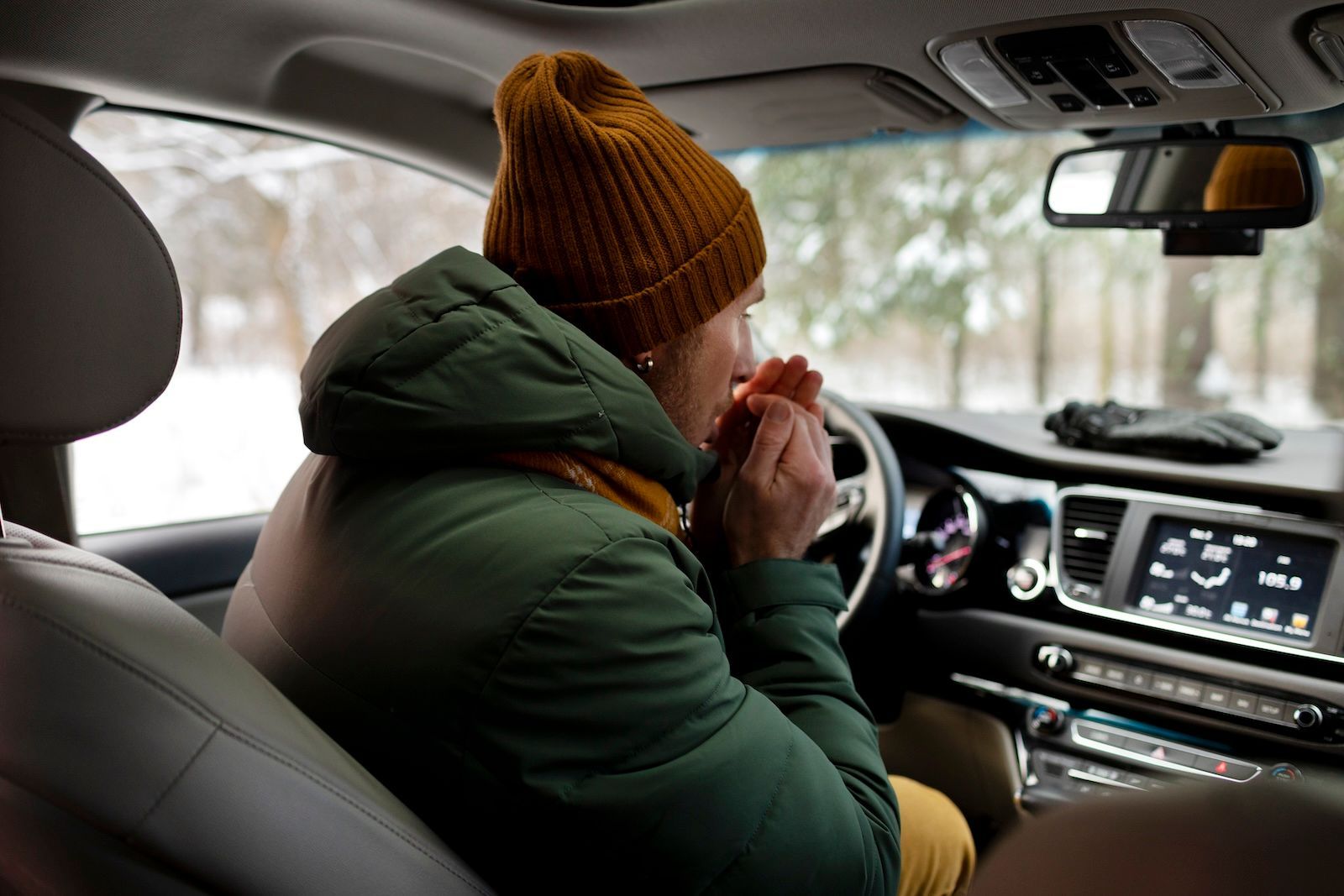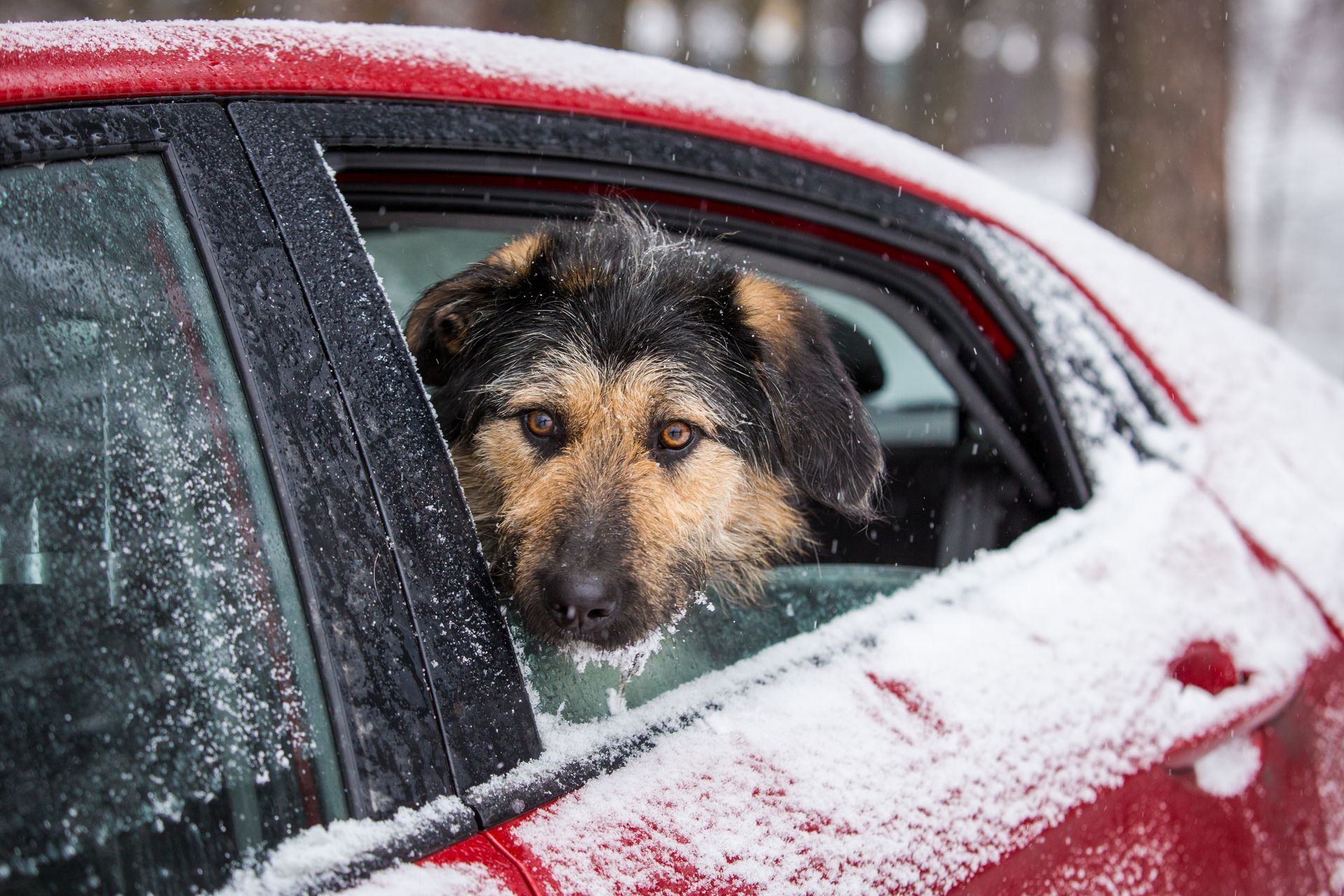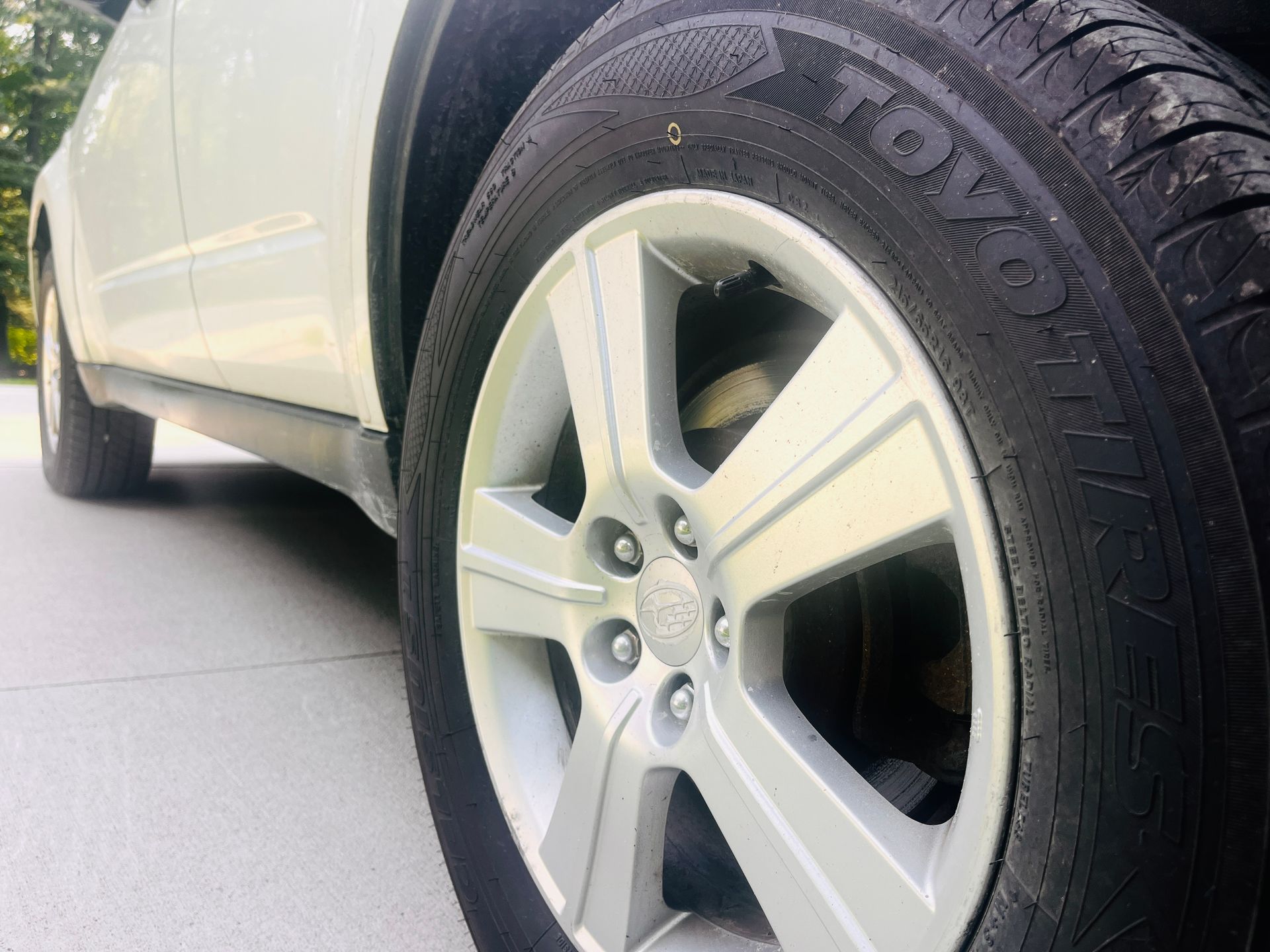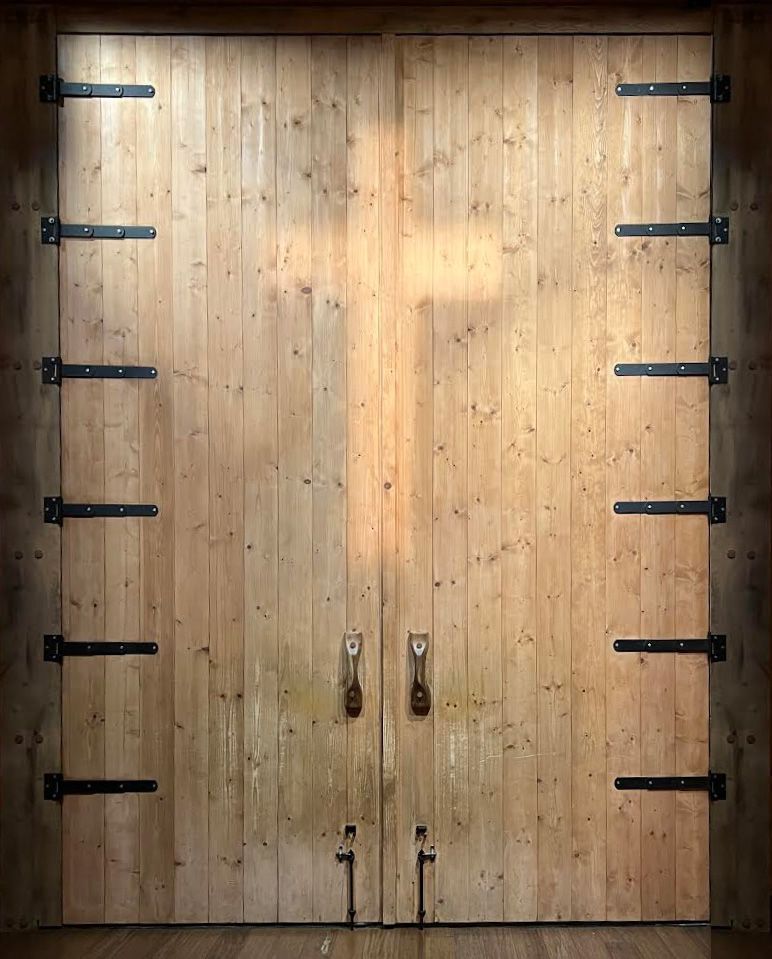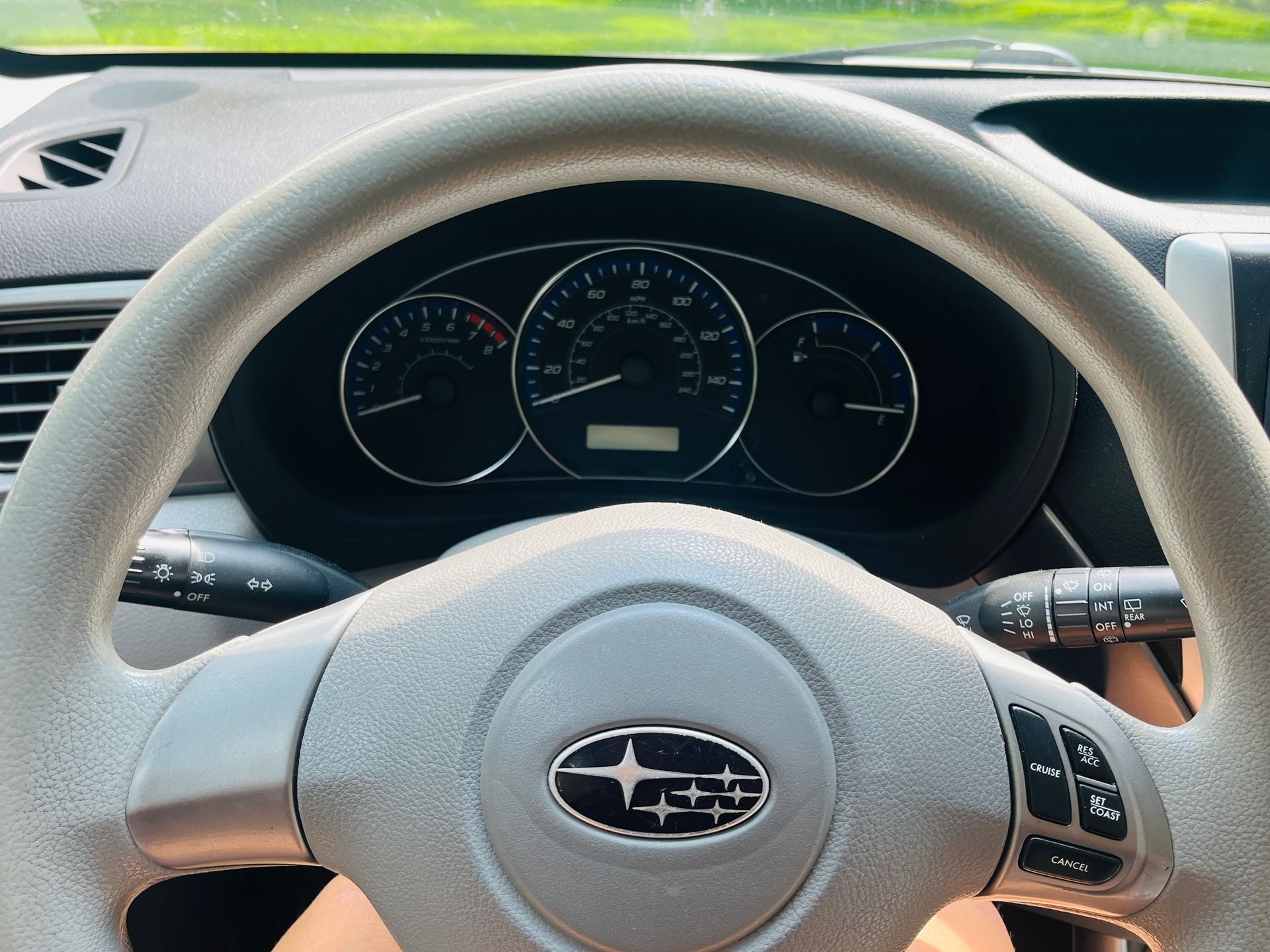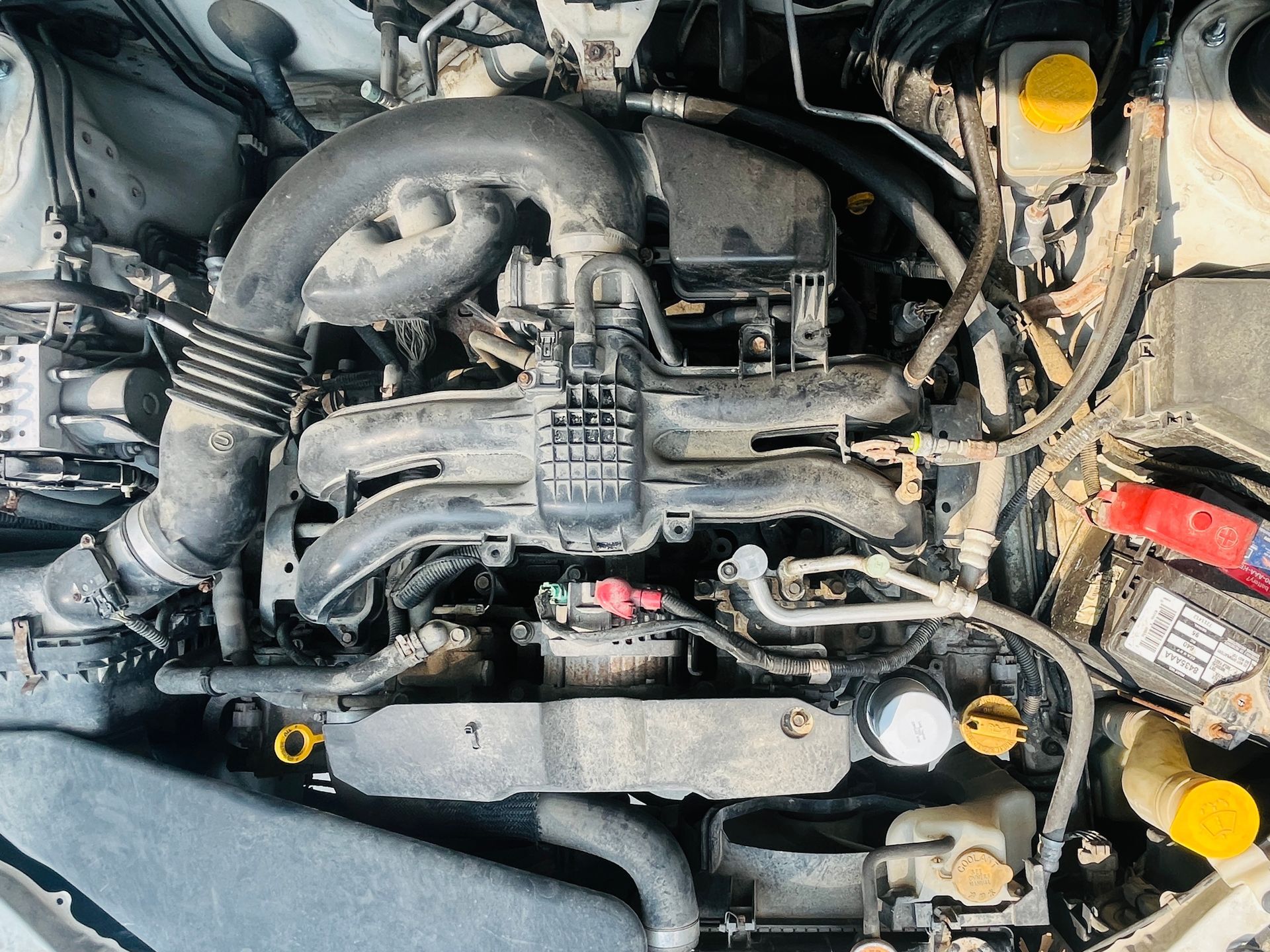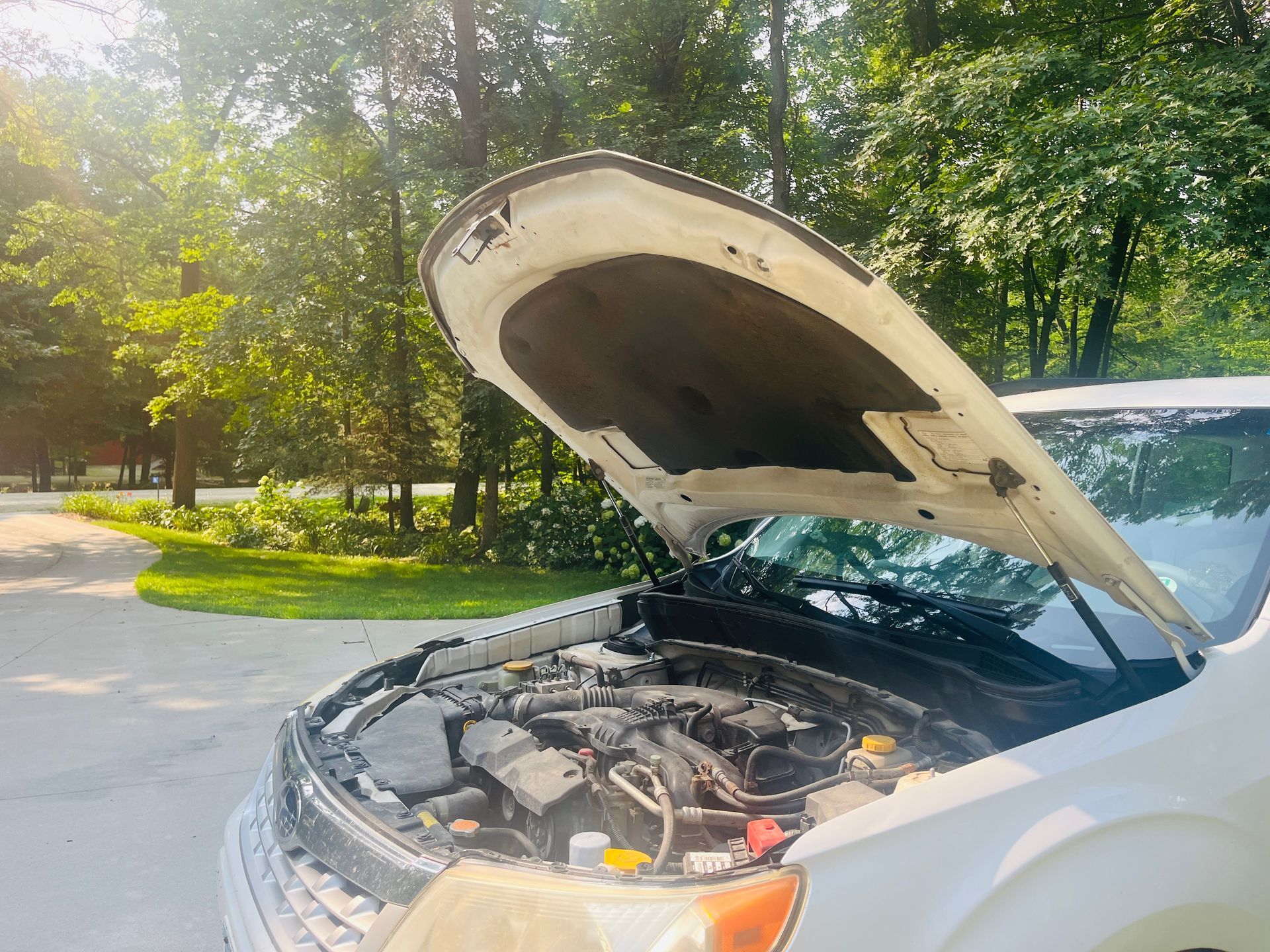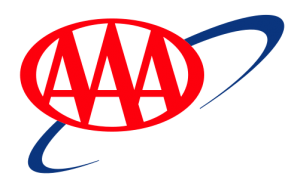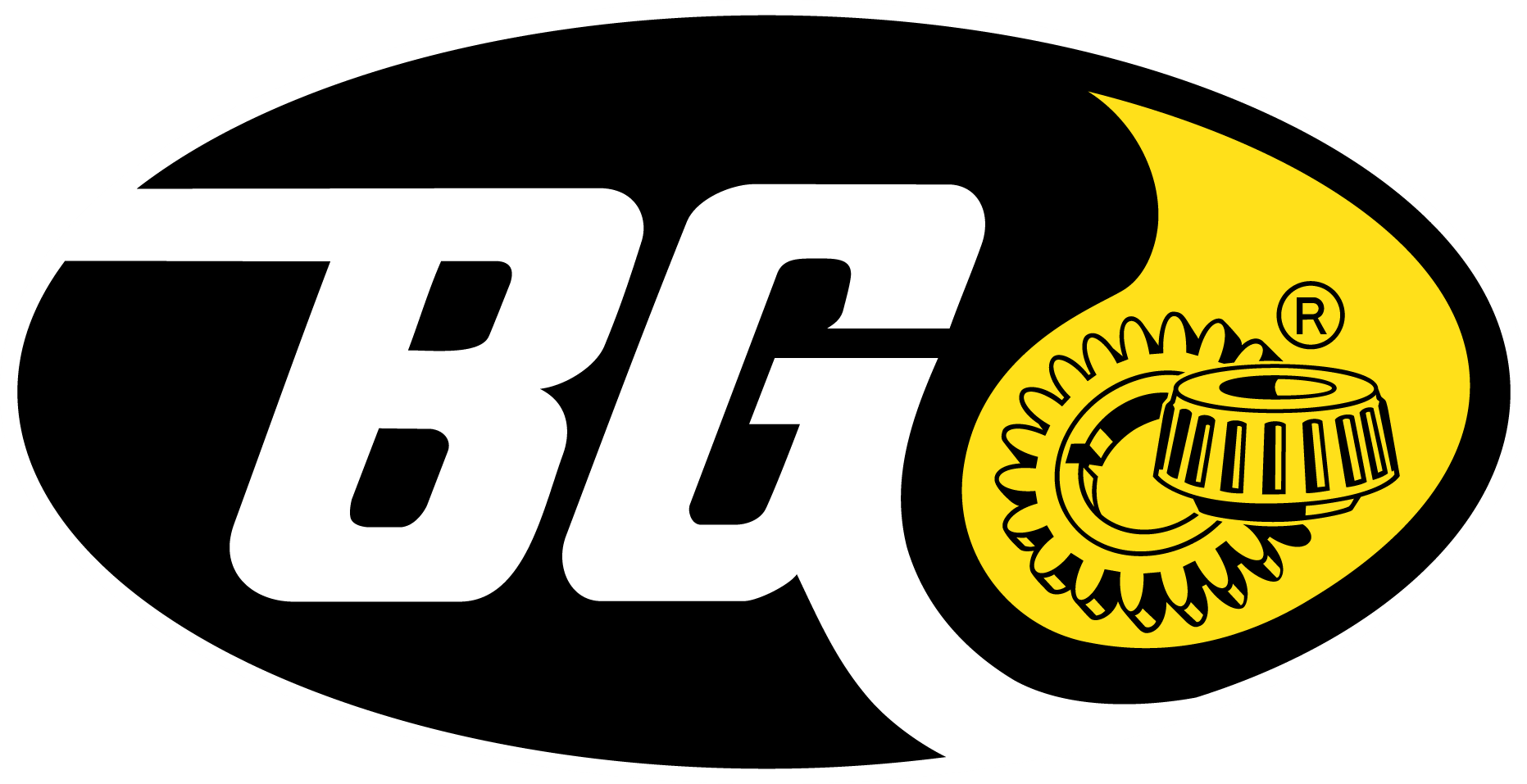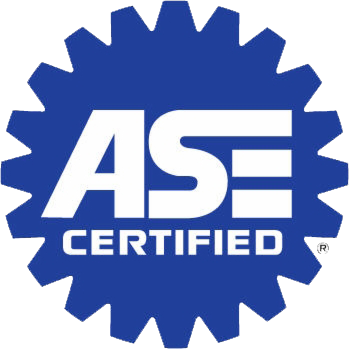How much do brakes cost?
May 3, 2018
Spring into healthy brakes!
Spring is finally here! As we have fully come out of hibernation, knowing the snow and cold temps are behind us, what are some of your favorite spring moments? I love walking among my perennials and seeing the tiny green plants emerge, hearing bird songs and seeing new nests being built, reconnecting with neighbors I haven’t seen in months, and just being outside with my dog and family without winter coats. The newness and warmth spring brings warms every part of me!
Do you enjoy spring as much as I do? Isn’t it great seeing more smiles on people’s faces as you are out and about? Is there more pep in your step—making even dreadful errands seem more enjoyable? Doesn’t driving take on new excitement too as we roll our windows down to enjoy the fresh breeze and warmer temperatures? And there is no more sloshing through the slush of winter—keeping the insides and outside of our vehicles clean longer! Oh spring … I love that you are here!
Even with all the good spring brings, there are times when not so good things are uncovered. If you have a dog, you know what’s hidden and then revealed when the snow melts away. If you park in your garage, you know there will be a pile of salt/sand to clean up in the spring. And if you discover a new noise your car, truck, or SUV is making now that your windows are down, that is probably not a welcome part of spring for you.
The question I hear most this time of year is “my brakes are squeaking (or grinding or are bad). How much will it cost to fix them?” Though auto shops would love to tell you how much it will cost to fix your brakes, this generally cannot be done unless they are assessed first. The new noise may alert you to a problem, but because your braking system consists of many parts, your entire braking system needs to be inspected to discover the full extent of repair needed. The make/model of your vehicle, along with the quality of parts you choose, will affect the cost as well.
Do you know what type of braking system your vehicle has? When most people think about how brakes work, they envision the disc braking system. So let’s discuss how this system works and the cost to repair it.
Disc braking systems consist of a brake disc, caliper, and pad. When you depress the brake pedal in your vehicle, hydraulic fluid is pushed from the master cylinder through brake lines and hoses and into the caliper, squeezing the brake pads against the rotor. This creates the friction needed to slow your vehicle down. This process produces extreme heat, which is why the brake pads are made up of fibrous material that can withstand this kind of heat.
The brake pads gradually wear away each time you apply your brakes. The rate at which this happens varies depending on where and how you drive. For instance, if you drive in hilly areas, drive in stop and go traffic, or if you drive and stop quickly, your brake pads will likely wear out sooner than someone who drives in flat areas, on highways and paces themselves. It is estimated that the average driver applies their brakes about 200 times per day. In addition to this normal wear, the pads can become loose, cracked, or broken. In most cases, pads alone are not replaced because the condition of the rotor usually requires replacement as well.
The rotors that are pressed by the braking pads are metal. Although they do not wear as quickly as brake pads, they can become pitted, grooved, or warped from the extreme heat of breaking. They can also become altered and worn if the pads are uneven or very worn. And because of the climate we live in here in southeast Minnesota, the rotors are also prone to rust. Cost of rotors and pad replacement (including parts and labor) can range greatly depending on the quality you prefer but generally range from $275 to $400 per axle on most vehicles.
Brake fluid is housed in a sealed system, but it’s common for moisture make its way into hoses and other parts of the system. If the brake fluid has too much moisture in it, it lowers the boiling point of the fluid, making your brake pedal spongy and stopping ability can diminish. Water in your braking system can also cause internal corrosion in the brake lines, calipers, the master cylinder, and other components.
Flushing the brake fluid out and replacing it with fresh, quality fluid costs about $110 on many vehicles. Replacing rusty components that are caused by the old fluid can cost hundreds of dollars in repairs. Clearly, there is value in flushing regularly. Many shops recommend brake fluid exchanges every 30,000 miles or two years, but the manufacturers are telling some make/model vehicle owners that it should be done every 20,000 miles in severe driving conditions (which Minnesota is considered because of the winter weather and humidity).
When an auto repair shop gives you the price for brake repairs over the phone without fully assessing your braking system, they can only give you an estimate based on a guess from what you say. Car repairs and maintenance are never as simple as one estimate, so it is important to bring your vehicle in to have it properly assessed.
Do you see the value of having your vehicle’s entire braking system assessed before the final cost can be determined? Just like it was frustrating waiting for spring to arrive, it can be frustrating not to have a fast answer about the cost of brake repair. Brakes are one of the most important safety systems of your car.
Enjoy spring, friends!

